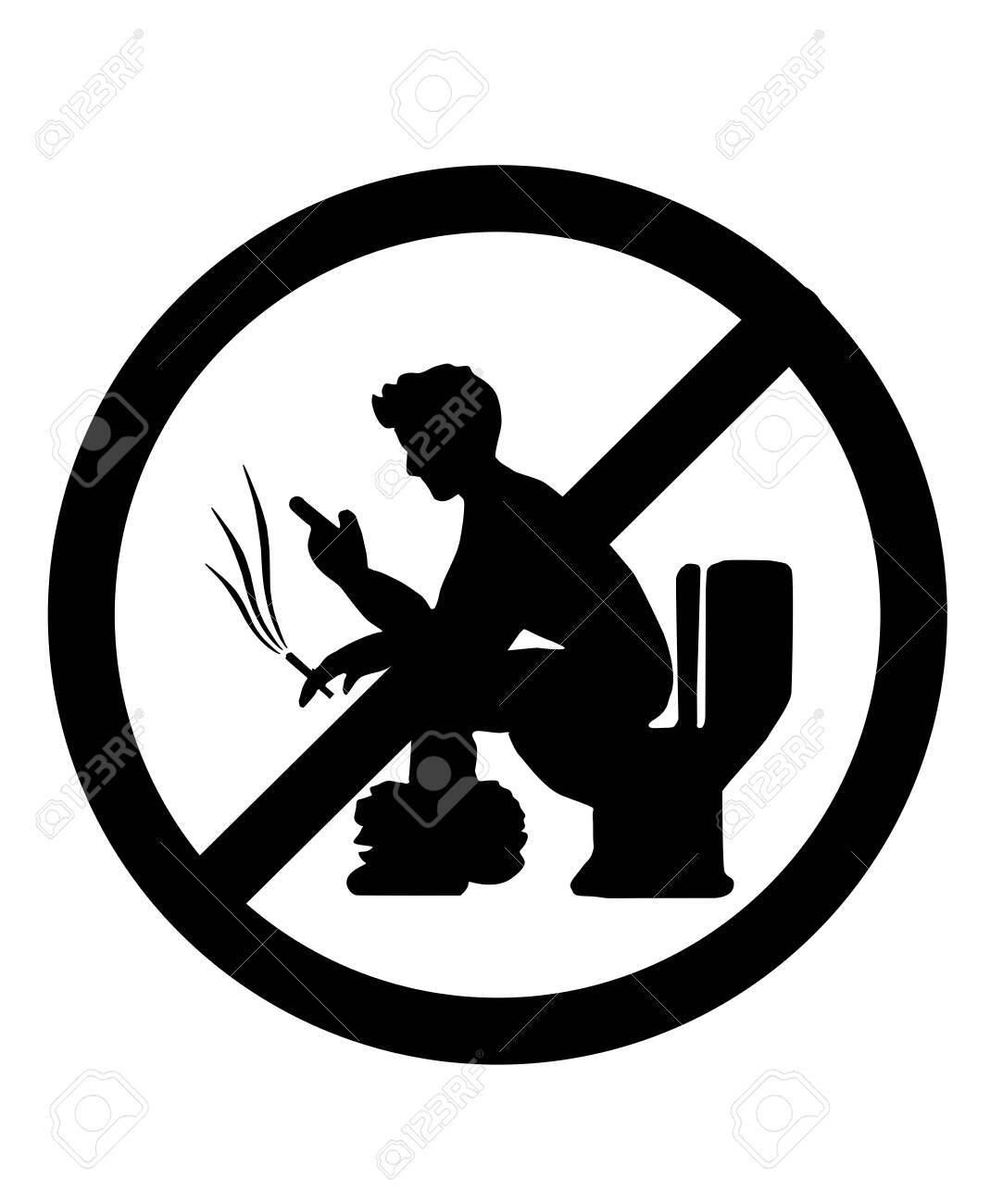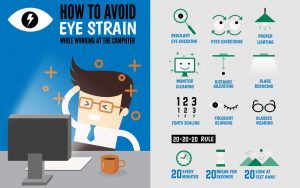- Lung cancer is the leading cause of death from cancer in men worldwide, and second only to women.
- About 18% of the total cancer patients identified in Bangladesh are affected by lung cancer.
- Eighty percent of all lung cancers worldwide are caused by smoking or tobacco use.
Lung cancer is one of the leading causes of cancer deaths in the world today. Lung cancer is the leading cause of death from cancer in men worldwide, and second only to women. About 18% of the total cancer patients identified in Bangladesh are affected by lung cancer. Although the cancer originates in the lungs, it can later spread to the lymph nodes and other organs (such as the brain).
There are two common types of lung cancer. Small cell cancer is more common in regular smokers. It is more deadly than other lung cancers and spreads to other parts of the body relatively quickly. Another type of cancer is non-small cell cancer. Non-small cell cancer is actually used as a combination of several types of cancer. These cancers are squamous cell carcinoma, adenocarcinoma and large cell carcinoma. Other types of lung cancer include adenoid cystic carcinoma, lymphoma, and sarcoma, which are usually rare.
Causes that increase the risk of lung cancer
- Eighty percent of all lung cancers worldwide are caused by smoking or tobacco use. People who are exposed to secondhand smoke are also at risk of developing cancer.
- People who come in contact with carcinogenic (carcinogenic) substances for professional or other reasons can develop lung cancer.
- Other diseases of the respiratory tract, such as tuberculosis, COPD, and watery lungs, can also cause lung cancer.
In addition, eating habits, family history, radioactive radiation (X-rays, radiotherapy or exposure to radioactive material), polluted air from factories, mines or cars, etc. are responsible for the causes and causes of lung cancer.
Symptoms of lung cancer
- Prolonged pressed or whooping cough; Which is constantly deteriorating over time
- Recurrent bacterial infections in the chest or trachea
- Bleeding with cough or phlegm
- Pain in different parts of the body, such as neck, back, chest
- Chest pain or soreness during breathing or coughing
- Long-term shortness of breath
- Long-term fatigue or exhaustion; Weakness
- Loss of appetite, sudden weight loss
Lung cancer detection
Early chest X-rays are used to detect cancer, and it is often possible to detect the presence of cancer through a sputum analysis under a microscope. However, the most effective method is a biopsy, where abnormal cells or tissues are examined by observation or collection of samples. Among the conventional biopsies are bronchoscopy, mediastinoscopy, needle biopsy etc.
Treatment
Before starting cancer treatment, the stage of the cancer is determined. There are usually four stages of non-small cell cancer and two stages of small cell cancer. Treatment is planned considering the type, location and size of the cancer, the stage and the physical condition of the patient.
Among the treatments for lung cancer, surgery, chemotherapy and radiation therapy are the most important of these. In addition, the use of targeted therapy and immunotherapy is increasing day by day around the world.
The final decision on surgery is made based on the size and location of the tumor. If the diagnosis is made at an early stage, only the tumor and the adjacent part are removed by surgery. In many cases removal of the entire lung or part of it is required. Among the surgical procedures, lobectomy, pneumonectomy, lymphandenectomy, etc. are notable.
Radiation usually uses high-powered X-rays and other radioactive radiation.
Cancer cells are destroyed by the application of drugs in the chemotherapy system. However, side effects of chemotherapy include weakness, nausea, hair loss, diarrhea, and sores on the face.
Targeted therapy is applied with specific mutations in the cancer cell in mind, so that the treatment does not damage healthy cells. Currently, FDA approved targeted therapies are used to prevent tumors caused by mutations in EGFR, ALK, ROS-1, NTRK, MET, RET and BRAF V600E.
In addition, the body’s immune system is strengthened through immunotherapy, which helps in building resistance against cancer.
What to do to reduce the risk of lung cancer
Abstain completely from smoking. Even staying close to a smoker should be avoided. Secondhand smokers are also at risk of developing lung cancer.
You have to develop proper eating habits. Fresh fruits and vegetables should be included in the menu regularly. Foods high in carotenoids and sulforaphane such as carrots, oranges, capsicum, cabbage, broccoli help build resistance against cancer.
Black smoke from factories and cars is also responsible for lung cancer. Everyone needs to be aware to keep the environment free from pollution.
When dealing with carcinogenic substances (chromium, cadmium, asbestos, arsenic, etc.) in the workplace, you and your employees must work with proper precautions.
Exercise regularly. A 2011 study at the City of Hope National Medical Center in California found that regular exercise reduced the risk of cancer by 20-50 percent for men and 20-30 percent for women.
The body should be checked regularly. The presence of cancer can be detected by healthy and low-dose CT-scans.
The safety of your lungs is largely in your hands. The risk of contracting this dreaded disease can be largely avoided by following certain rules carefully. However, if you are suffering from cancer, do not panic and take treatment according to the doctor’s advice.
Dr. Ferdous Shahriar Saeed
AuthorMBBS, MD (Radiotherapy), Co-ordinator and Senior Consultant-Medical Oncology, Evercare Hospital, Dhaka
Prothom Alo, 16 November 2020






